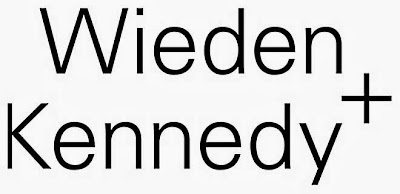 |
| Image via Ms. Magazine Blog |
These ads from a recent Toys "R" Us catalog are a good illustration of the problem.
The first ad portrays a girl playing with dolls in a pink dollhouse, and the other one has two boys in it playing with a complex train construction they have assembled. The girls’ ad suggests that girls should perform traditionally feminine roles, such as babysitting and housekeeping, whereas boys need to play with something more masculine that requires more logic, like construction. Besides, the color scheme used in the ads (pink for girls and primarily blue and green for boys) reinforces this idea of gender confrontation. The next two pages from the catalog also arrange toys by gender - the pink page containing dolls targets girls, while the blue page with “action-packed toys” targets boys.
Most toy advertisements convey messages about gender roles and expectations through certain kinds of toys and their color, implying what is or isn't appropriate for boys and girls. But the fact is, kids' personalities and interests differ, so it's just wrong to limit their choices by stereotyping and differentiating between boys and girls when advertising/marketing toys. This kind of stereotyping is problematic because it doesn't capture the possibility that boys and girls might want to play with other kinds of toys and prefer other colors. Check out the video below to get the idea:
As
most children conform to those gender stereotypes and roles promoted in the
media, it makes them express their intolerance towards those children who
express cross-gender behaviors, which puts such children at risk of discrimination
and possible bullying. Also, toys may influence children’s future career
decisions. Girls’ toys, like dolls, usually lack complexity, which doesn’t help
girls develop the skills necessary for technical professions, like engineering.
Boys’ toys, on the other hand, usually involve more thinking, which trains their logic, thus better preparing them for STEM fields. This kind
of gendered marketing limits children’s choices, impacts their development, and fails to
create equal opportunities.
Advertisers play a big role in influencing children’s beliefs about gender
roles, and that’s why it’s important that the messages they spread are reasonable
and fair. Advertisers should create gender-neutral ads that treat all children
equally and not limit their choices, imagination, or self-expression based on their gender.
There are, in fact, a few companies that are trying to step away from the strictly binary gender system and go gender-neutral in their toy advertising. The most prominent example is the Swedish toy retailer Top Toy, which has been promoting gender equality in the toy industry since 2012. The most recent contributor is the American company Goldie Blox. It was founded in 2012 with a mission to "disrupt the pink aisle and inspire the future generation of female engineers." Their latest commercial portrays girls as active, creative, and ingenious little inventors, ready to break all gender stereotypes.
However, even though there is some progress happening in the toy industry, there is much more to be done in regard to the issue.
For more information on the topic, you are welcome to check out my research paper here.







































